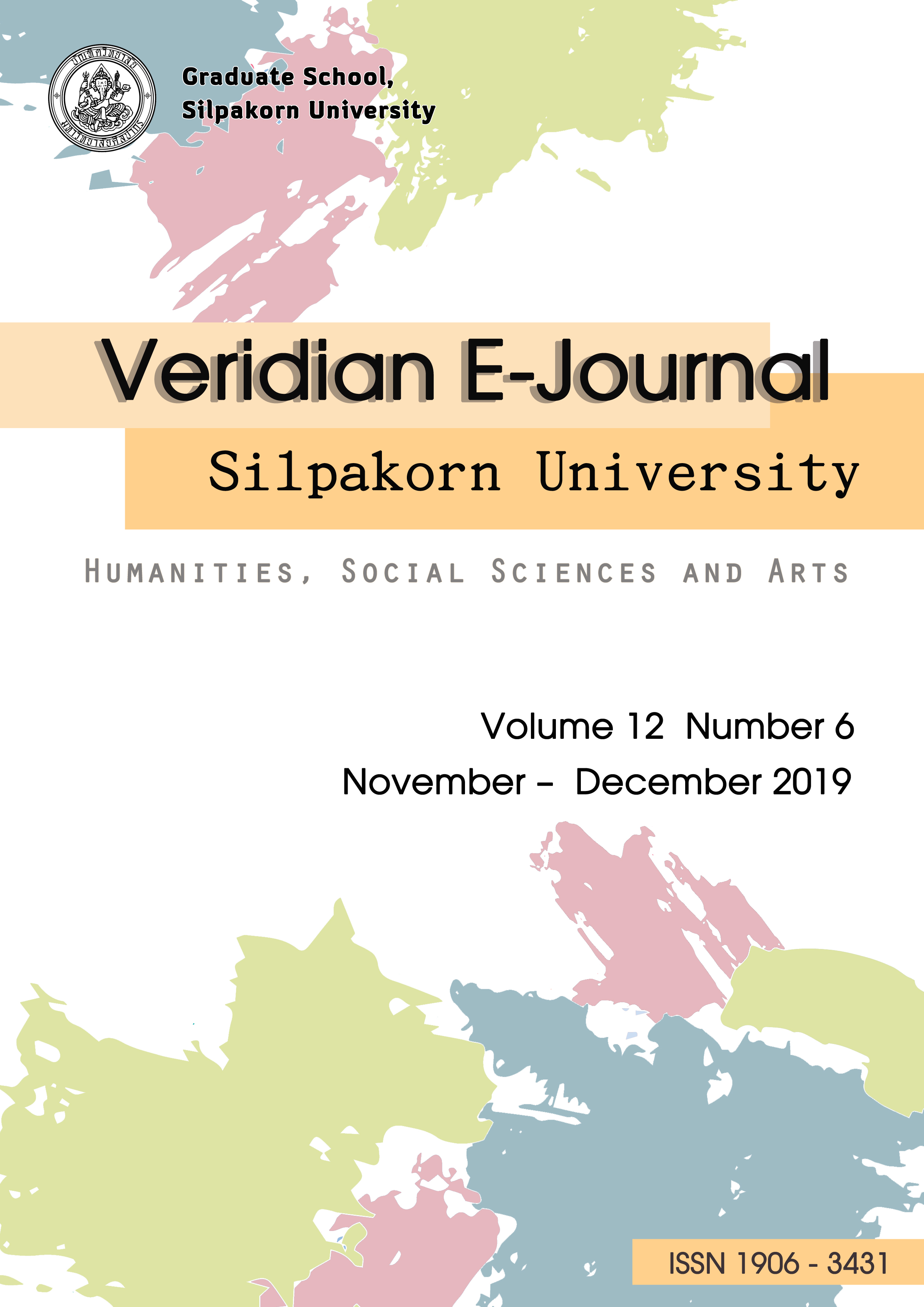การวัดประสิทธิภาพการดำเนินงานกองทุนรวมเพื่อการเลี้ยงชีพ (RMF) และกองทุนรวมหุ้นระยะยาว (LTF) ในประเทศไทย โดยวิธี DATA ENVELOPMENT ANALYSIS (Measuring the performance efficiency of Retirement Mutual Funds and Long Term Equity Funds in Thailand using Data Envelopment Analysis.)
Main Article Content
Abstract
การศึกษาครั้งนี้มีวัตถุประสงค์เพื่อวัดประสิทธิภาพของกองทุนรวมเพื่อการเลี้ยงชีพ (RMF) และกองทุนรวมหุ้นระยะยาว (LTF) ด้วยวิธี Data envelopment analysis (DEA) ทำการศึกษาช่วง พ.ศ. 2558 - 2560 การวิเคราะห์ใช้แบบจำลอง BCC– O กำหนดตัวแปรด้านปัจจัยการผลิต (input) ได้แก่ ค่าธรรมเนียมการจัดการ (Management Fee - MF) ค่าธรรมเนียมผู้ดูแลผลประโยชน์ (Trustee Fee - TF) ค่าธรรมเนียมนายทะเบียน (Registrar Fee - RF) ค่าธรรมเนียมวิชาชีพ (Professional fee - PF) ค่าใช้จ่ายในการดำเนินโครงการ (Operation Fee - OPF) และค่าใช้จ่ายอื่น ๆ (Others Fee - OF) ตัวแปรด้านผลผลิต (output) ได้แก่ รายได้จากดอกเบี้ย (Interest income - IN) รายได้จากเงินปันผล (Dividend income - DI) รายได้อื่น ๆ (Others income - OI) และมูลค่าสินทรัพย์สุทธิ (Net asset value - NAV) ผลการศึกษาพบว่า คะแนนประสิทธิภาพปี พ.ศ. 2558 มีค่าคะแนนเฉลี่ยอยู่ที่ 0.8529 มีกองทุนที่มีประสิทธิภาพจำนวน 83 กองทุน คะแนนประสิทธิภาพ ปี พ.ศ. 2559 มีค่าคะแนนเฉลี่ยอยู่ที่ 0.8351 มีกองทุนที่มีประสิทธิภาพจำนวน 88 กองทุน และคะแนนประสิทธิภาพ ปี พ.ศ. 2560 มีค่าคะแนนเฉลี่ยอยู่ที่ 0.8603 มีกองทุนที่มีประสิทธิภาพจำนวน 90 กองทุน โดยทั้ง 3 ปี กองทุนรวมที่มีค่าคะแนนประสิทธิภาพจำนวนมากที่สุด คือ กองทุนรวมเพื่อการเลี้ยงชีพ (RMF) กลุ่มประเภทนโยบายที่ลงทุนในตราสารหนี้
In this thesis, the researcher measures the efficiency of Retirement Mutual Funds (RMF) and Long Term Equity Funds (LTF) using the technique of data envelopment analysis (DEA). The study was conducted using the data from three years: 2015, 2016, and 2017. The output Banker, Charnes and Cooper (BCC-O) model was used in the analysis of data. The factor of production variables (input) were management fee (MF), trustee fee (TF), registrar fee (RF), professional fee (PF), operation fee (OPF), and others fee (OF). The output variables were interest income (IN), dividend fund (DI), others income (OI), and net asset value (NAV). Findings showed that the average efficiency score in 2015 was 0.8529 with 83 mutual funds exhibiting efficiency. The average efficiency score in 2016 was 0.8351 with 88 mutual funds exhibiting efficiency. The average efficiency score in 2017 was 0.8603 with 90 mutual fund exhibiting efficiency. During these three years, the mutual fund with the highest level of efficiency score was RMF with a debenture policy.

